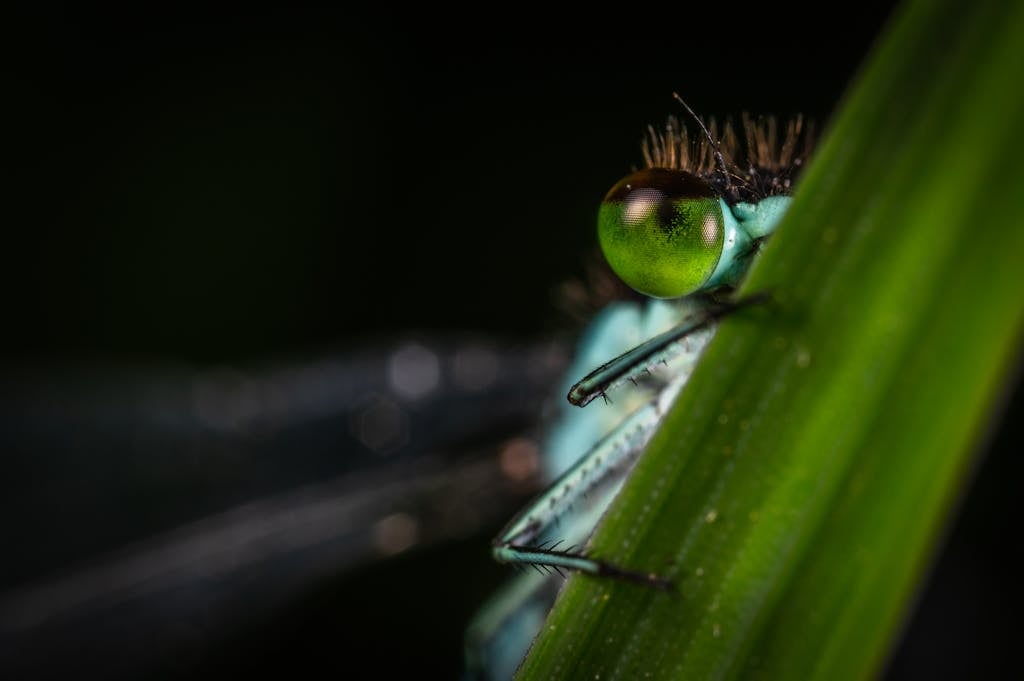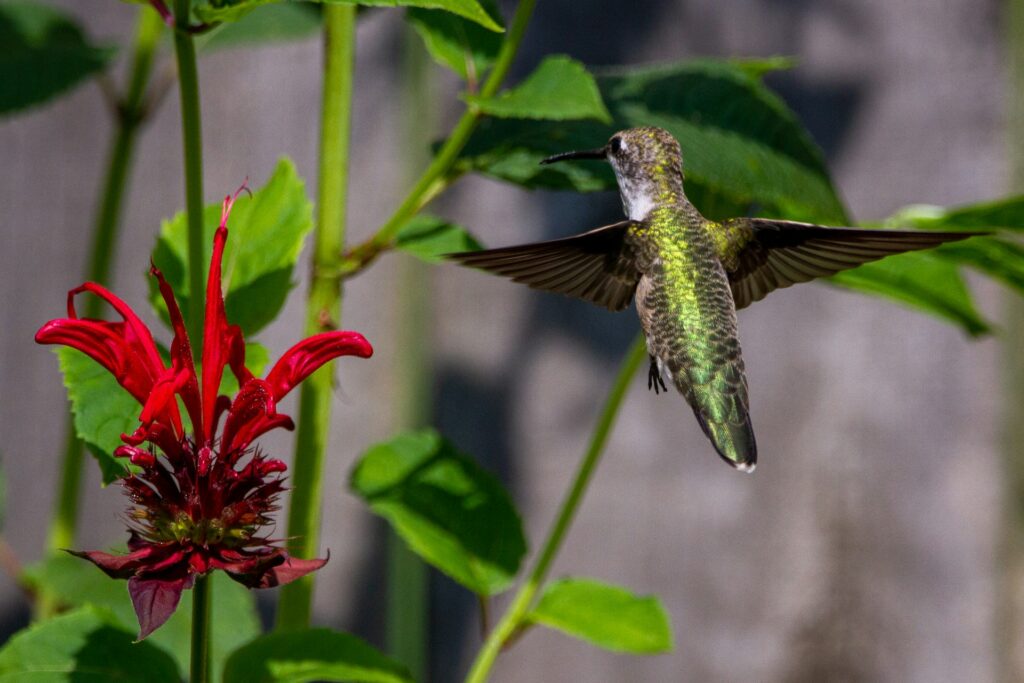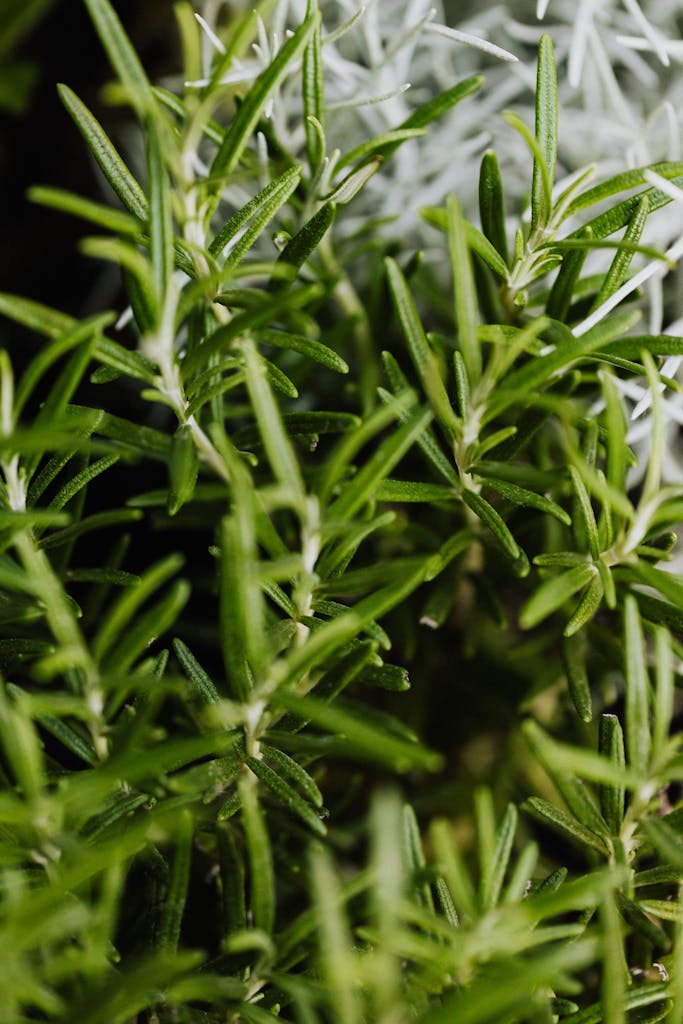
In the vast and diverse natural world of insects, there’s a tiny, often overlooked creature that raises a curious question: Do junk bugs bite humans? This article delves into the intriguing life of these little-known bugs, exploring their habits, characteristics, and the potential for human interaction. If you’ve ever wondered about the tiny critters that scuttle across your path or the hidden lives of insects beneath the leaves, this read is for you.
What Role Do Junk Bugs Play in the Ecosystem?
Every creature has its place in the ecosystem, including the junk bug. We’ll explore the role these insects play in their natural habitat.
Where Can You Find More Information About Junk Bugs?
For those interested in learning more about junk bugs, where can you find reliable information? We’ll point you in the right direction to satisfy your entomological curiosity.
What Exactly is a Junk Bug?
Junk bugs are a colloquial term that often refers to insects that carry debris or dead bugs on their backs. This behavior is a form of camouflage that helps them blend into their surroundings and avoid predators. The green lacewing larvae are famous for this behavior, and they are voracious predators themselves, preying on aphids and other small insects.
Is the Junk Bug Actually a Bug?
In the world of entomology, a “bug” has a specific definition, referring to insects within the order Hemiptera. However, the term is used more loosely in everyday language to describe any small crawling insect. In the case of junk bugs, we are often talking about the larval stage of insects like the green lacewing, which is not a true bug but rather belongs to the order Neuroptera.
Do Junk Bugs Have a Habit of Biting?
Junk bugs, particularly the larvae of lacewings, are not known for biting humans. Their mandibles are adapted for grasping and piercing their insect prey, not for penetrating human skin. However, there have been rare instances where people have reported feeling a bite or sting, which could be a case of mistaken identity with other insects or a defensive reaction from the insect.
Can a Junk Bug’s Bite Be Dangerous?
While junk bug bites are not common, any insect bite has the potential to cause an allergic reaction in sensitive individuals. If someone is bitten and experiences significant pain, redness, or swelling, it is recommended to clean the area of the bite with soap and water, apply an antibiotic cream, and monitor for any signs of an allergic reaction, such as difficulty breathing or swelling beyond the bite area.
Wrap Up
In wrapping up this exploration into the enigmatic realm of junk bugs, I’ve come to appreciate the ecological importance and the fascinating behavior of these overlooked creatures. Even though they are not a threat to humans, their role as predators is crucial in the delicate balance of our ecosystem. These diminutive masters of disguise, particularly the larvae of the green lacewing, showcase the remarkable survival strategies and adaptability of insect life.
Throughout my investigation, I’ve learned that “junk bug” is a term that captures a variety of insects, with the green lacewing larvae standing out for their predatory prowess and distinctive camouflage tactics. While there have been occasional anecdotes about bites, it’s clear that interactions with humans are not part of their usual behavior, and actual bites are extremely rare and typically harmless.
My curiosity has been piqued by the story of the junk bug, and it’s led me to a deeper appreciation for the complexities of even the smallest members of the natural world. There’s a wealth of knowledge to be gained from these tiny, mighty insects, and I am eager to continue my research and observation to learn even more.
If you, like me, find yourself fascinated by the tale of the junk bug, I encourage you to let your curiosity lead you to further discoveries in the intricate world of insects. It’s important to remember that every creature, no matter how small, has a narrative worth sharing and a contribution worth valuing in our environment. So the next time I come across a junk bug, I’ll take a moment to reflect on its journey and the subtle, yet meaningful, influence it has on the world around us.
I invite you to join me in this continuous exploration and to share your personal experiences with these captivating insects. Whether it’s through academic research, engaging in citizen science, or simply observing the wonders of nature in your own garden, there’s always more to learn. The junk bug may not be known for biting, but it certainly has bitten me with a passion for discovering more about the astonishing diversity of life on Earth.




